Air vs coil shock: Which is best for your mountain bike?
The differences between air and coil shocks are much smaller than a decade ago, but which is best?
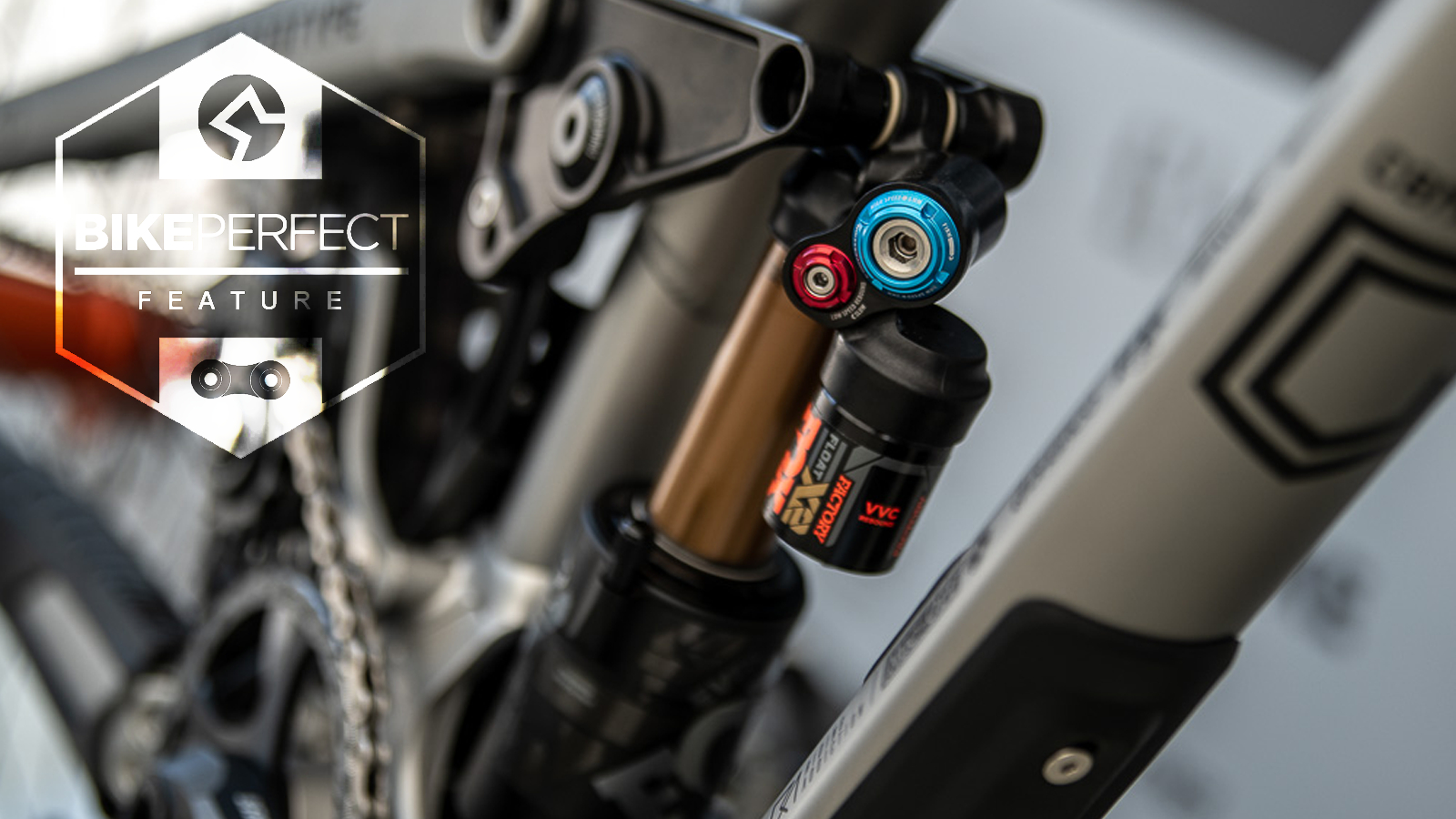
Few things in mountain biking look more purposeful than a coil shock on a full-suspension bike. You can almost sense the tension in that spring, ready to absorb any hits you might encounter on a descent.
During mountain biking’s experimental phase, in the late 1990s, very few air shocks could provide adequate performance downhill. They would blow seals, leak oil, overheat, and generally, were terrible.
A lot has changed in mountain biking since the 1990s. From the mid-2000s, air shocks dramatically improved and became more commonplace on full-suspension frames. Downhill racers and freeriders were the last mountain biking disciplines to resist the appeal of a resurgence in air-sprung rear-suspension technology, but even they relented.
Today’s best rear shocks are advanced, adjustable and durable. But which would work best for your choice of frame, and type of riding?
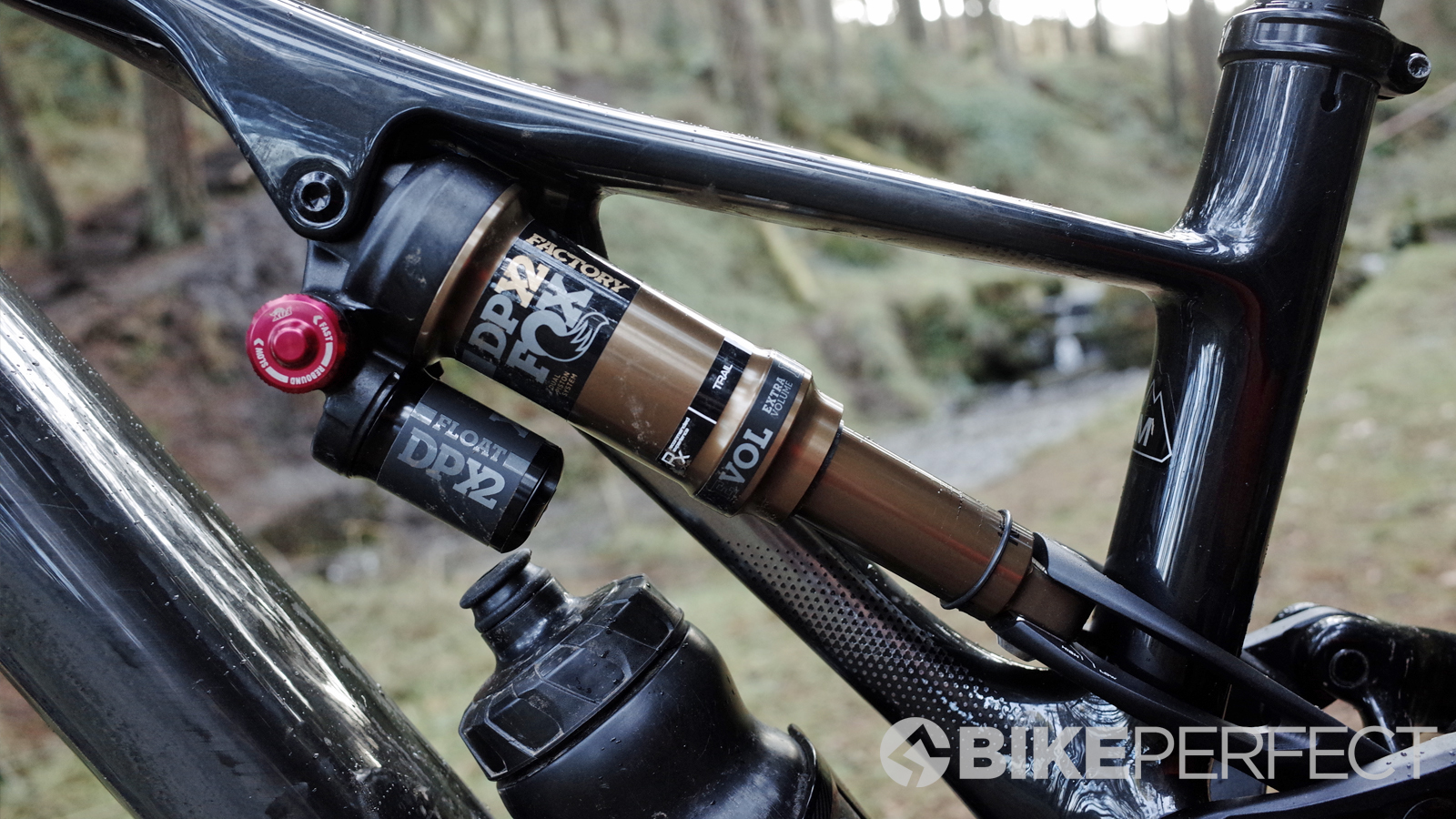
What are air shocks good for?
Except for a few models, all cross-country and most trail bikes ship with air shocks.
If you are riding a frame with 100-140mm of travel, chances are, it has an air shock. The reasons are simple: weight and adjustability.
Although both air and coil shocks use oil as a damping fluid, the way they manage rebound is very different. As the name implies, with an air shock, you are using pressured air, to return the damper to its sag position when rolling over technical terrain.
By definition, air shocks are much lighter than an equivalent travel coil shock. And with cross-country, downcountry and trail riders valuing weight as a metric of performance, any grams saved are valuable.
If weight matters most to you, an air shock will always be preferable to any coil alternative.
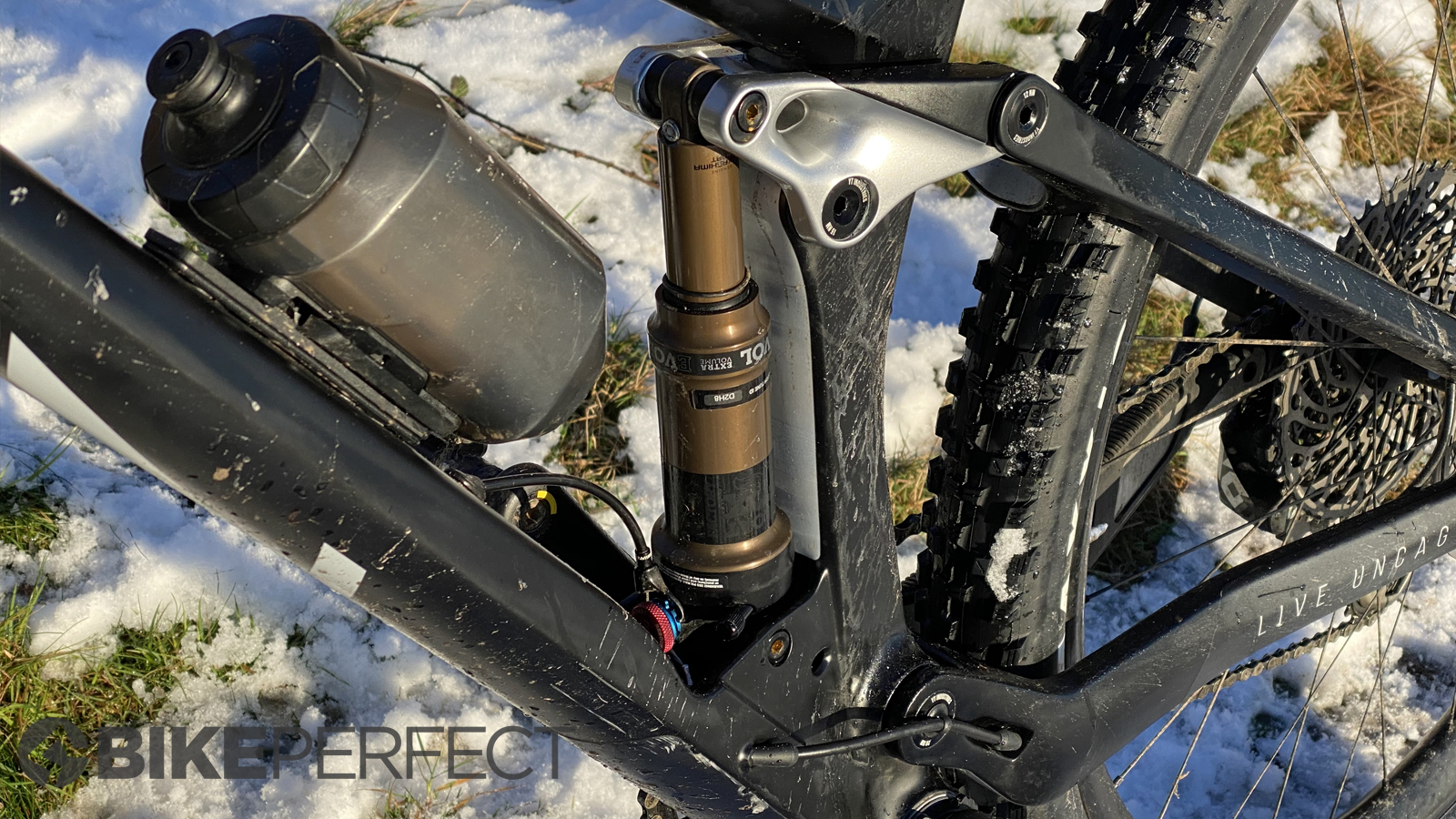
Air shocks are more adjustable
The big benefit of an air shock is its adjustability (and we have plenty of information about how to adjust your suspension). All frames have a specific recommended sag percentage and your bike will not be riding in its optimal geometry configuration if you are off by a few percent.
Sag is relatively easy to set with air. Some brands, such as RockShox, even have sag indicators on the air shock stanchion to help you align those percentages. Without correct sag, even the best mountain bike frame, with the cleverest kinematics, will always underperform.
An air shock also allows you to experiment with the sag setting as purging and re-inflating air to adjust sag is very easy, only requiring a shock pump to make adjustments. The margins are small, but for extremely technical terrain, with rowdy rock gardens and drop-offs, you might want to pressurize a touch more air into your shock and decrease the sag percentage.
It also means if you want to experiment, as long as you have a shock pump, it's possible to make adjustments mid-ride. That is not the case with coil shocks, as you need to replace the spring in the shock which adds cost and limits experimentation.
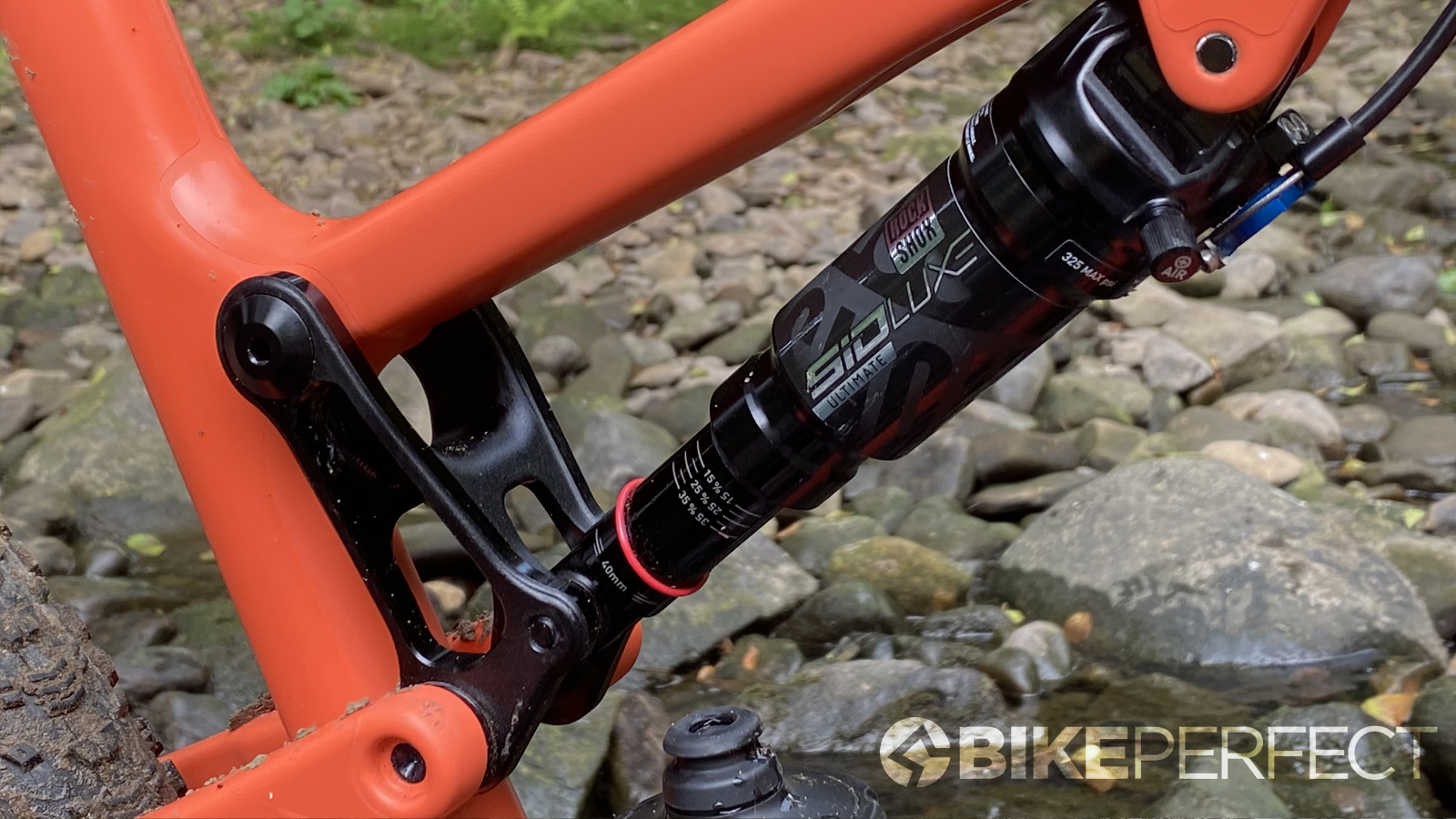
Additional servicing – with air
Air shocks are both light and adjustable. Sounds perfect, but what are the weaknesses? Long descents and maintenance.
Air shocks are great at providing a very stable platform when climbing. And the larger volume air shocks, with piggyback reservoirs and twin-tube damping circuits, come very close to matching coils on long descents.
The issue with an air shock remains the fact that air under pressure will heat when compressed. If you drop into a long Alpine-style enduro descent, totaling more than ten minutes, your air shock is going to start heating up.
As an air shock heats, its damping performance starts to fade. That means less bump absorption and reduced rear-wheel traction, rolling technical terrain.
An air shock needs additional seals too, and more seals equal more maintenance. That means the servicing intervals are going to be shorter with an air shock. While seals are very good these days, if you ride in the worst conditions possible a coil shock may be a better option for longevity.
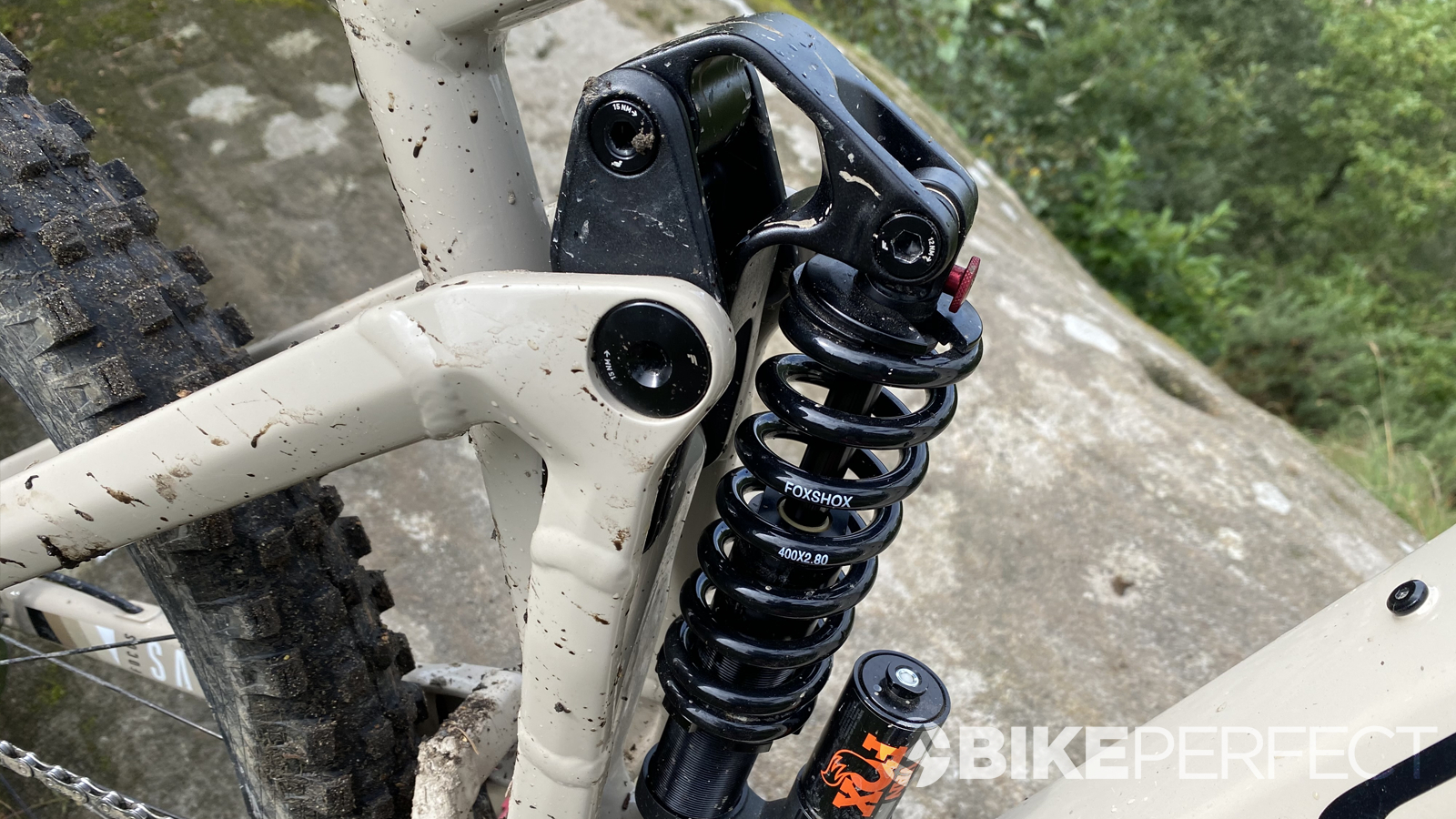
Are coil MTB shocks better?
If you know that long technical descents, jumps and big drops will be frequent encounters on your rides, the coil shock merits consideration.
Many enduro frames, with 150mm or more rear travel, can accommodate coil shocks in terms of their kinematics.
A coil shock is heavier than an air shock, but if you are willing to spend some money on a titanium spring instead of steel, some grams can be saved.
The coil shock is excellent because of its low maintenance burden and ability to deliver absolutely consistent performance in heavy terrain. Plus there are no air seals to worry about or replace.
A coil spring doesn’t suffer performance fatigue. Even after multiple hits, rolling at speed through a rock garden, its rebound characteristics remain true. This is the reason that downhill racers and freeriders prefer coil shocks.
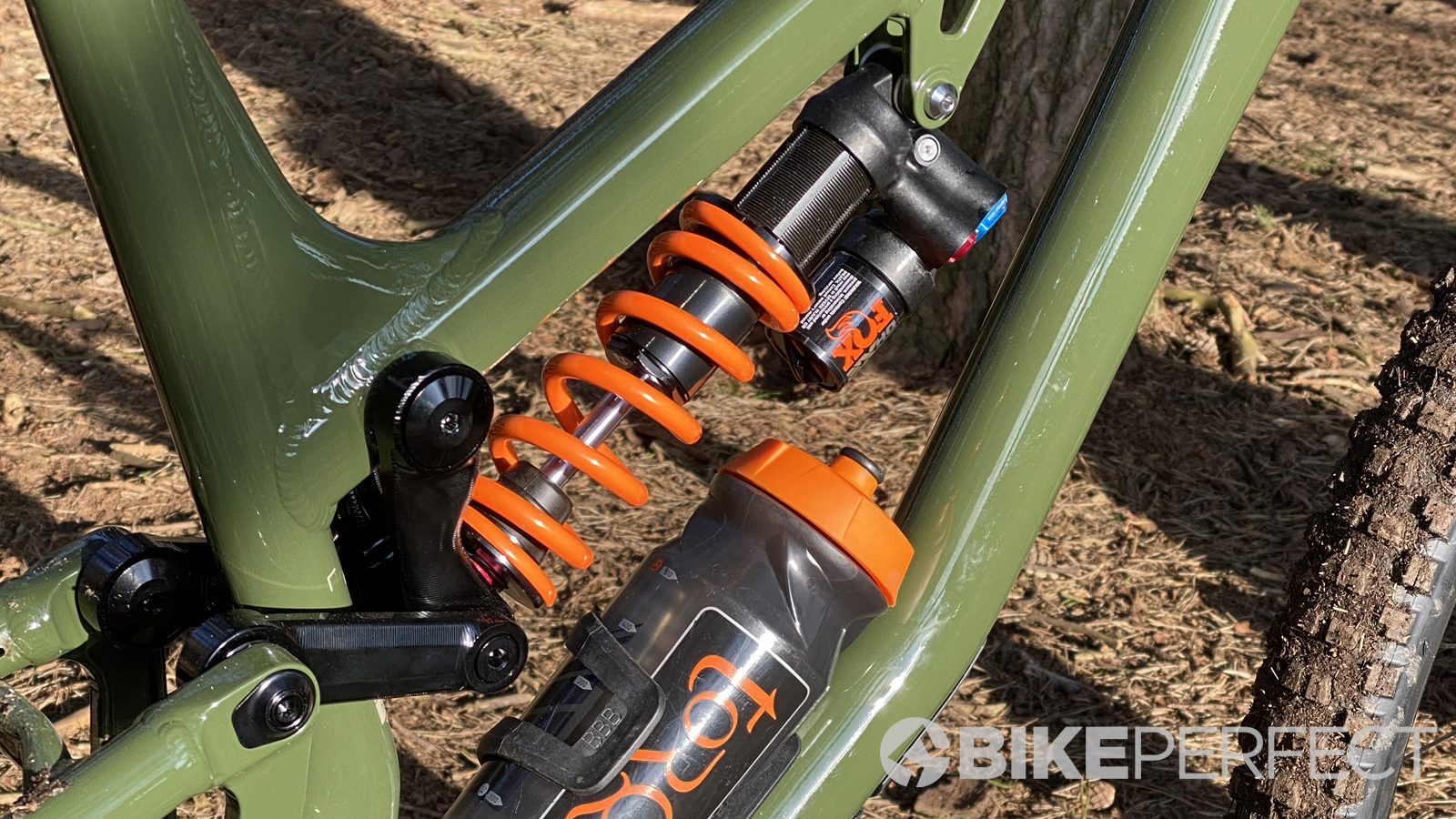
Coil shocks are better climbers than before
For many years the coil shock’s biggest drawback, aside from weight, was its poor climbing ability. This wasn’t an issue for downhill racers or freeriders, who mostly take a chairlift, or hike-a-bike, to the drop-in point. But you’d never want to pedal a coil-sprung bike for significant distances uphill.
As enduro mountain bikes became more capable during the last decade, the demand for coil shocks increased. Advanced air shocks with large oil and air volumes might be adequate for most enduro riders, but larger riders often desire the guaranteed fade-free performance of a coil
The mountain bike industry has responded with a new generation of coil shocks that feature climb switches. Most premium coil shocks now feature a climb switch, which does a great job of eliminating pedal-bob when climbing.
Coils are much better than before, but they are still a rarity, for a reason.
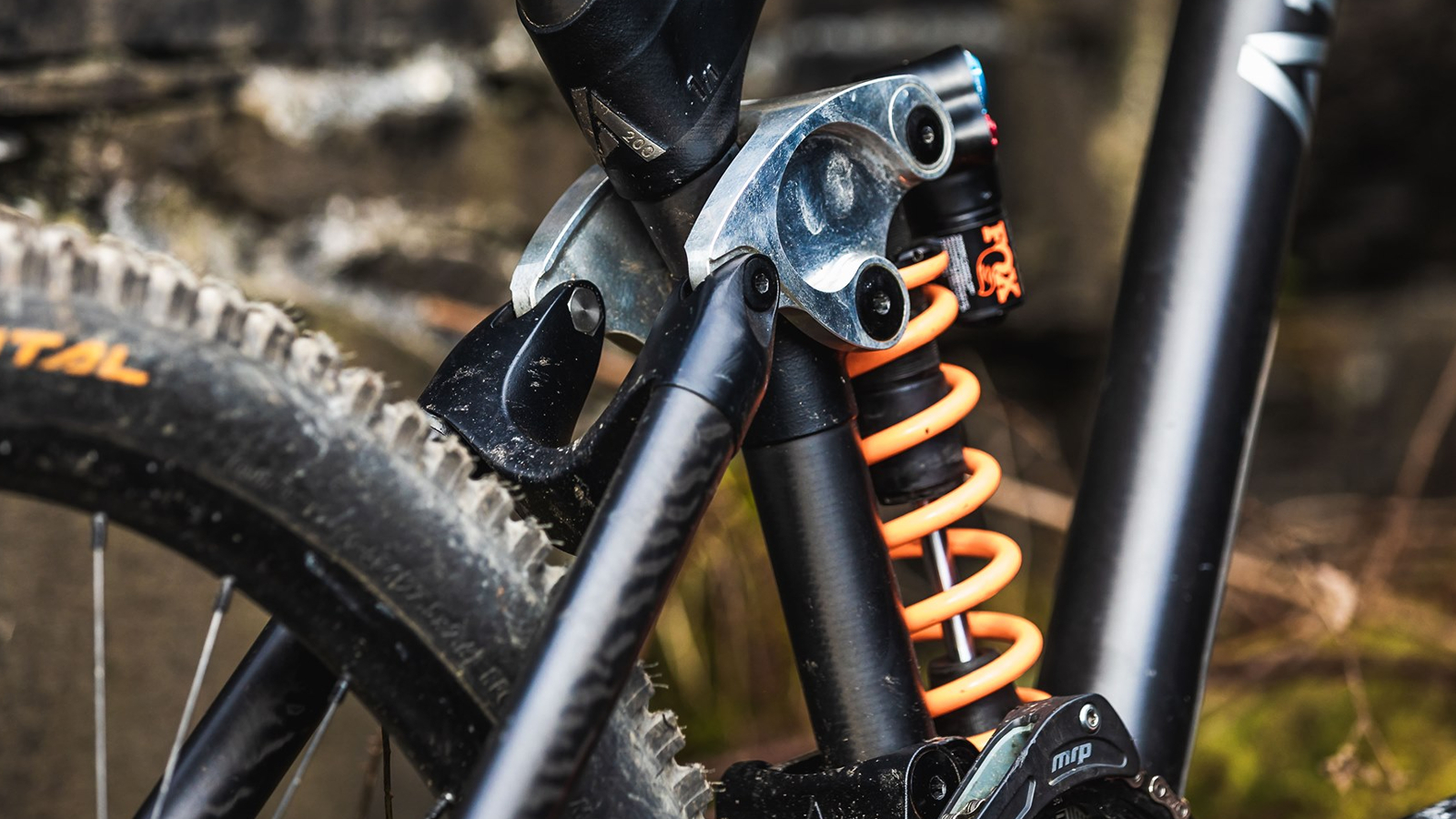
Larger frame clearance
The coil shock’s individual coils are consistent in size and are equally thick in the middle, bottom and top. This is different from an air shock, where the one side only has to accommodate a stanchion and mounting eyelet, making it easy to fit with any frame.
The coil spring needs larger clearances to fit in a frame, preventing it from working on all designs. This is especially true of short-travel mountain bikes which use shorter length shock strokes.
What is better: coil or air suspension?
Based purely on performance, a coil shock is going to offer a smoother suspension action. Fewer seals and far more consistent performance on long descents give the coil shock a big advantage.
However, if your suspension isn't set up correctly you are never going to see those benefits, so from a tuning point of view air offers some huge advantages, especially if you ride a broad range of terrain that requires different setups.
For the majority of riders, the tuning benefits of an air shock will outweigh the superior performance of coil. However, if you do downhill racing, seek the smoothest suspension experience, or want longer service intervals, coil is still worth considering, you will just need to factor in the added tuning complications and costs.
There are other considerations at play here too. Riding style and bike preference can affect the choice. Coil shocks have a linear action whereas an air shock has a more progressive action, meaning that the resistance of the compression becomes greater the more the shock compresses. Suspension kinematics also play a role as they can add to the linear and progressive characteristics too.
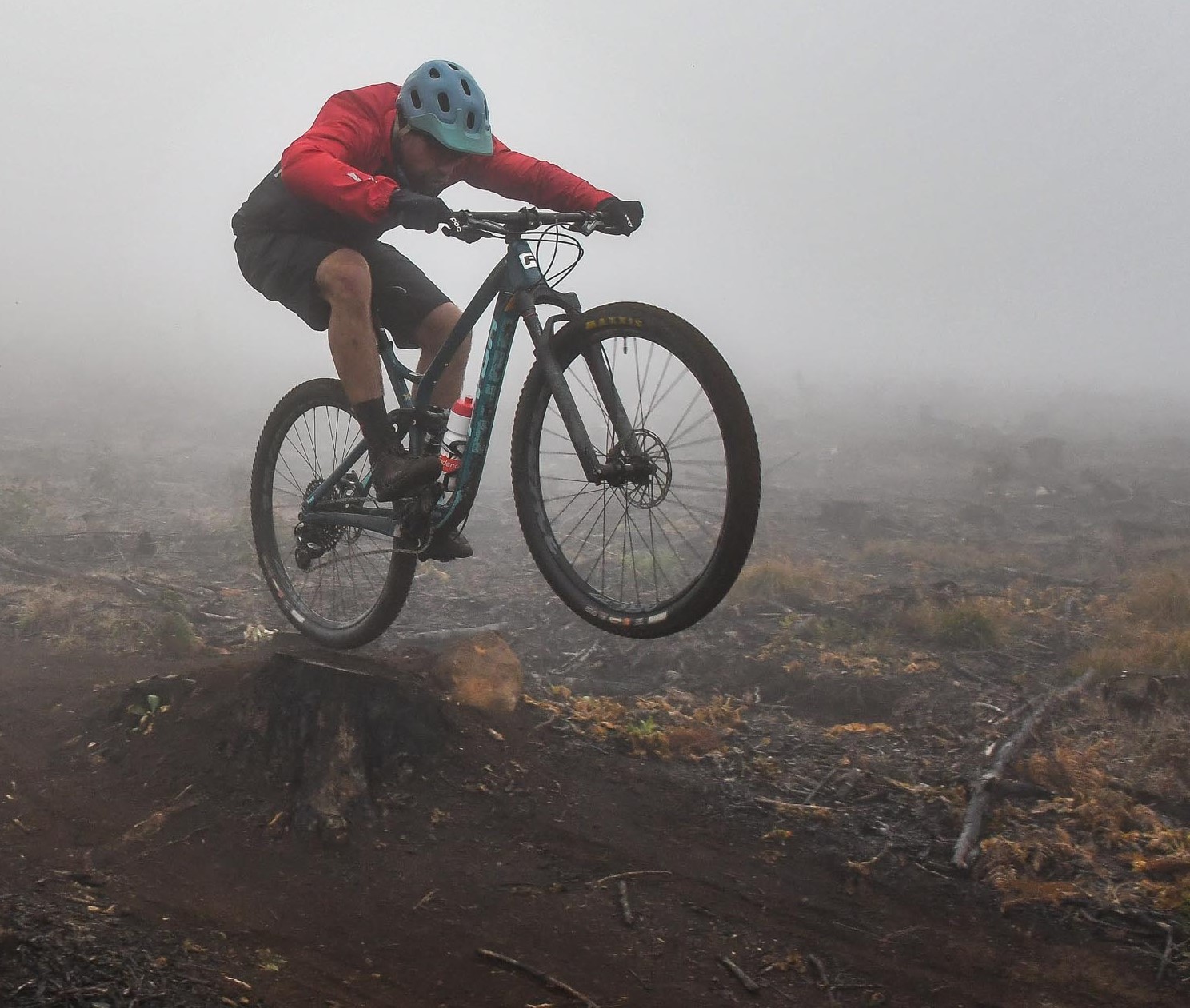
Lance Branquinho is a Namibian-born journalist who graduated to mountain biking after injuries curtailed his trail running. He has a weakness for British steel hardtails, especially those which only run a single gear. As well as Bike Perfect, Lance has written for MBR.com, Off-Road.cc and Cycling News.
